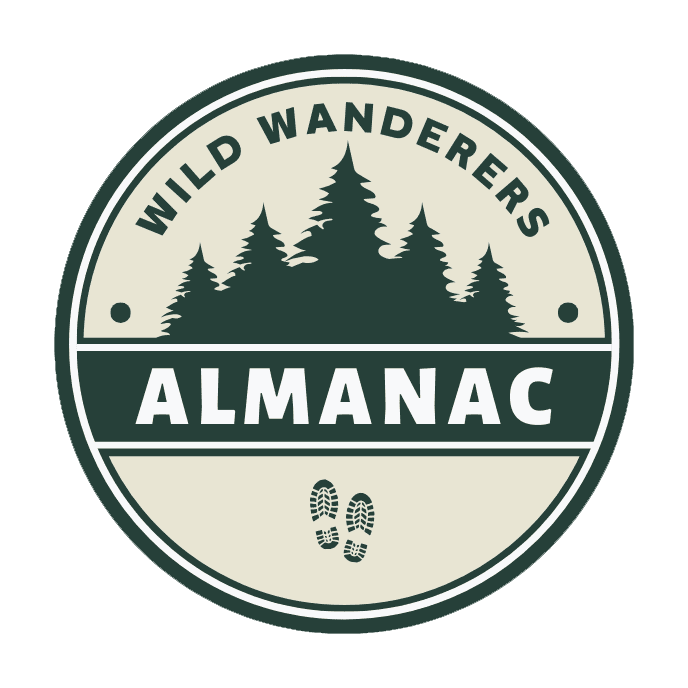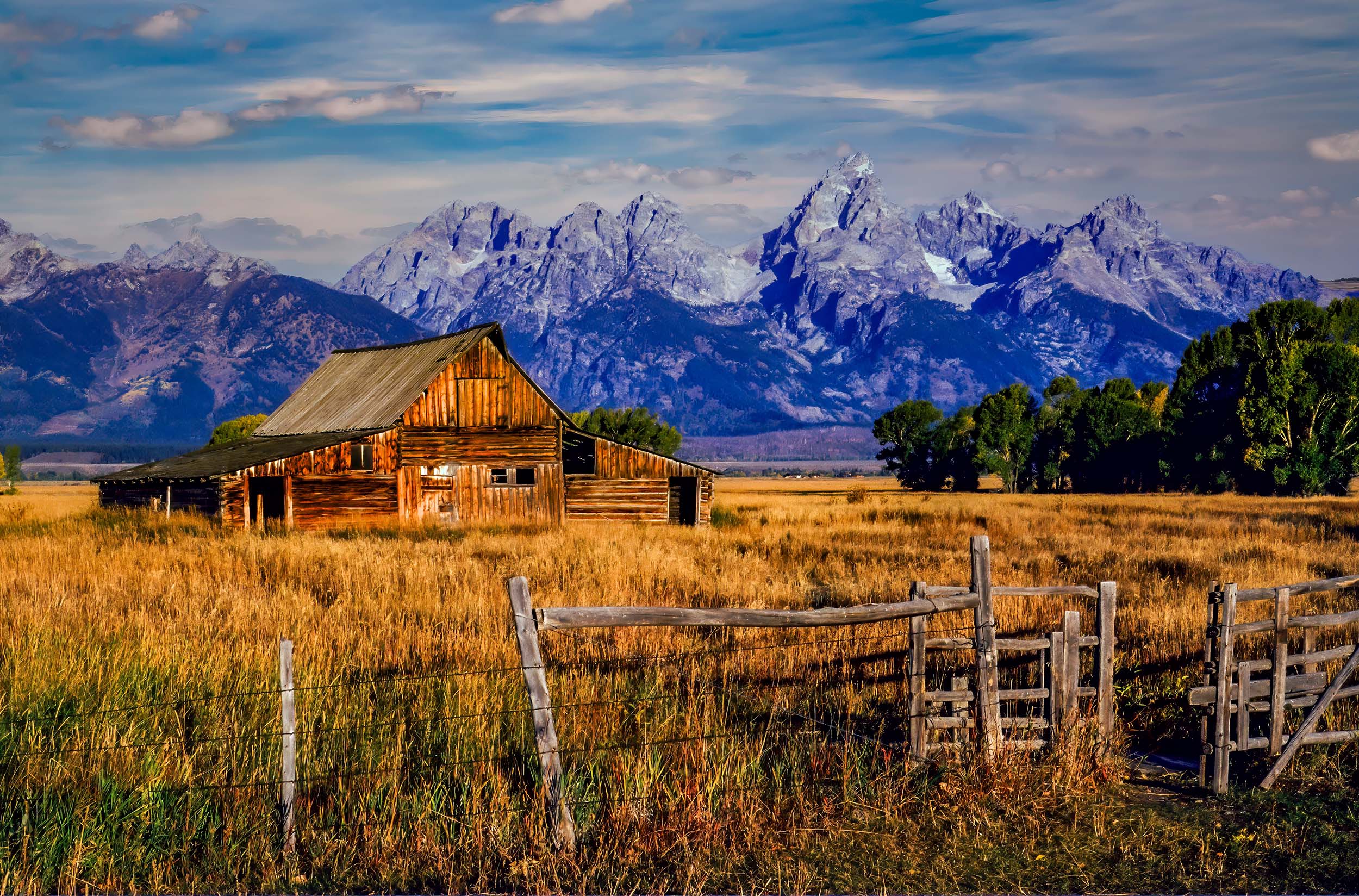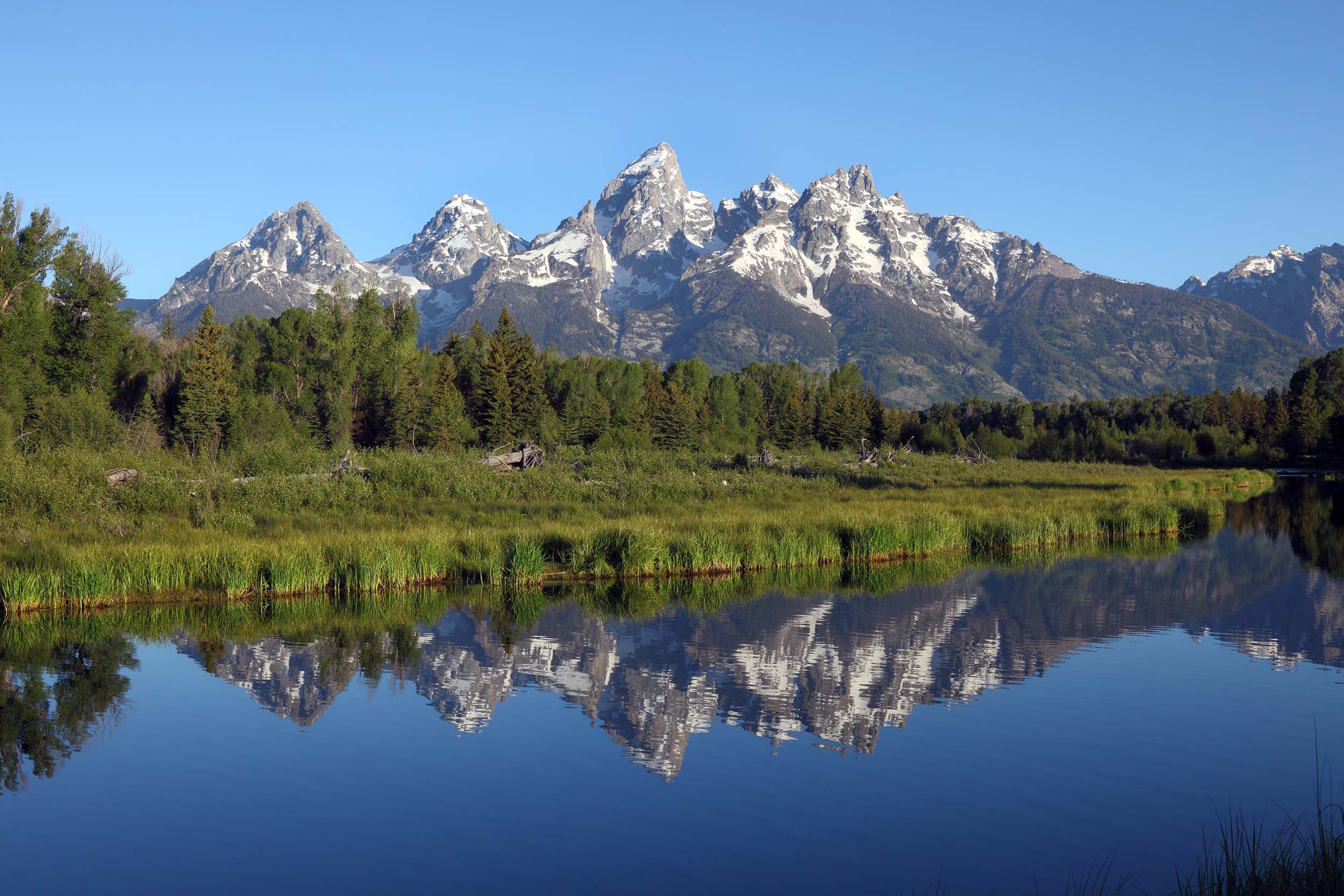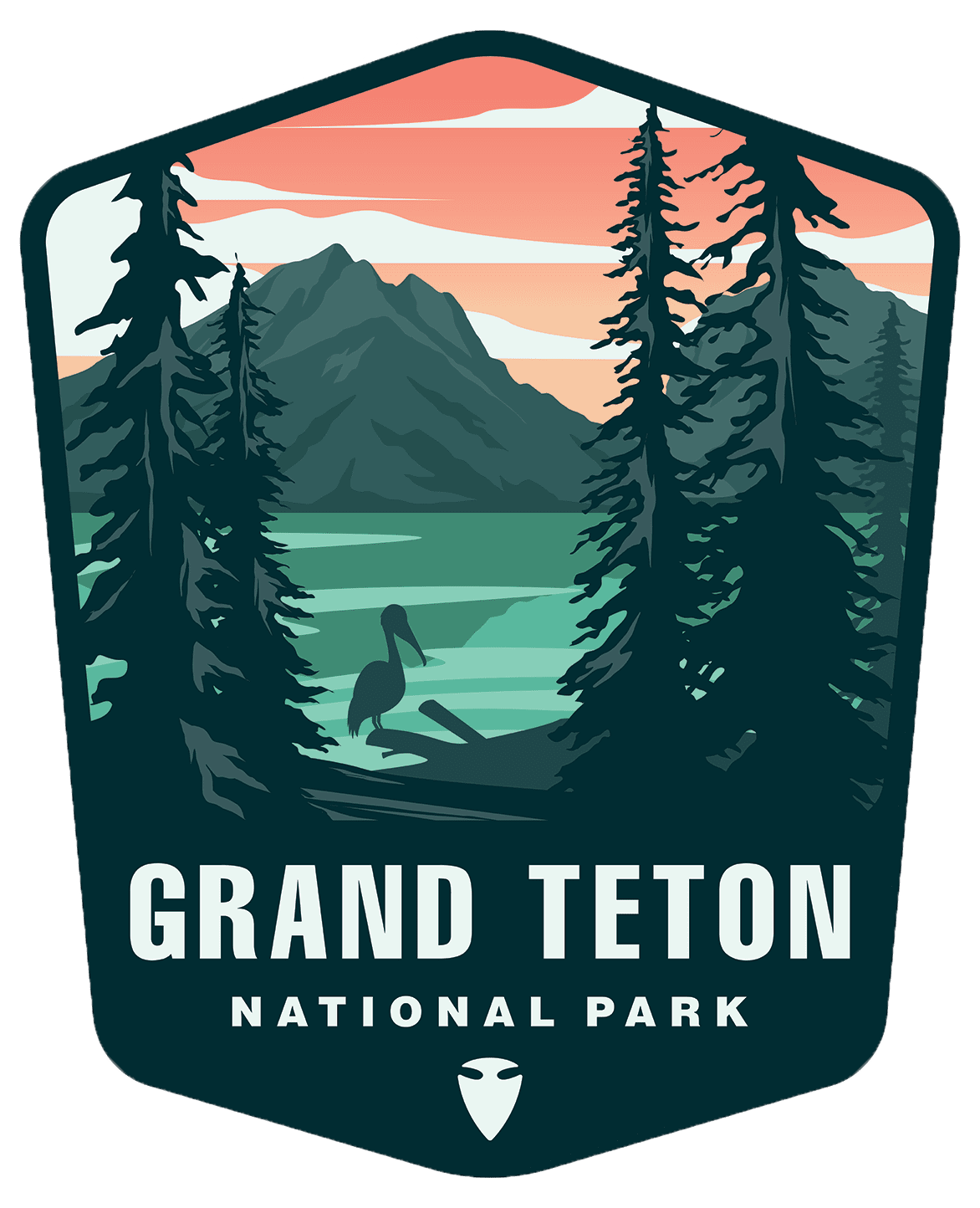
Grand Teton National Park
Park Information Quick Facts
Location: Wyoming
Park Size: 310, 000Acres
Time Needed: 2-3 days
Best Season: May to June
Must Do: Hiking
Pro Tips: Arriving before 8 AM helps you avoid crowds, secure parking at popular trailheads, and enjoy the serene beauty of the park in soft, golden light.
Visitor Centers
Grand Teton National Park, located in northwestern Wyoming, is a breathtaking testament to the grandeur of the American wilderness. Dominated by the towering Teton Range, with its jagged peaks rising abruptly from the valley floor, the park offers some of the most dramatic and picturesque landscapes in the United States. Established in 1929, it spans over 310,000 acres, encompassing alpine lakes, lush meadows, and dense forests teeming with wildlife. Visitors can enjoy iconic sights like Jenny Lake, the Snake River, and the historic Mormon Row, each providing unique opportunities for exploration and connection with nature. The park’s diverse ecosystems support a variety of species, including moose, elk, grizzly bears, and wolves, making it a paradise for nature enthusiasts and wildlife photographers.
Plan Your Grand Teton Adventure Today!
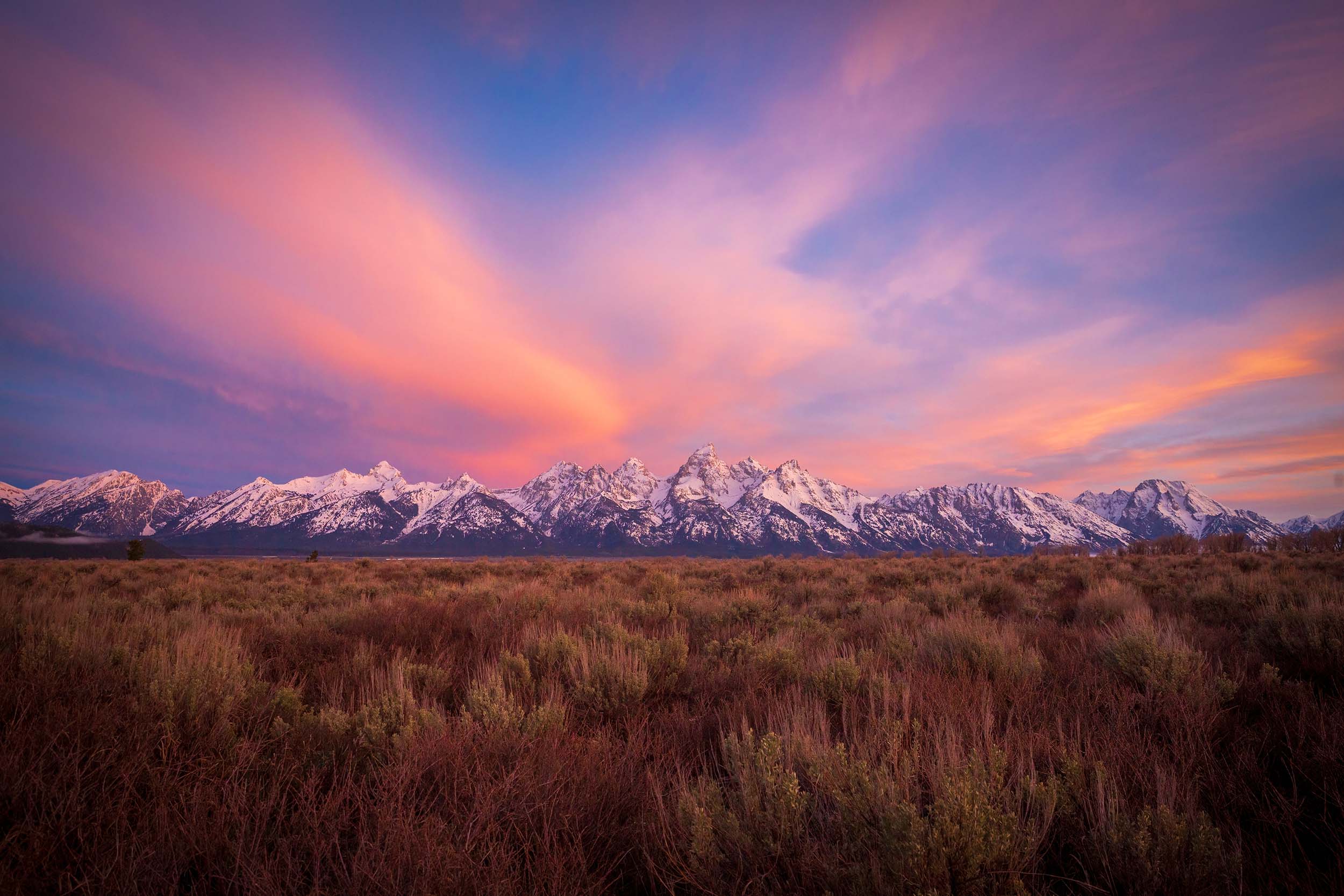
Getting There
How to Travel to Grand Teton National Park
Traveling to Grand Teton National Park is an adventure in itself, with several options to reach this awe-inspiring destination. The closest airport is Jackson Hole Airport (JAC), conveniently located within the park boundaries, offering a unique arrival experience surrounded by the Teton Range. Major airlines provide flights to Jackson Hole, often with connections through cities like Denver or Salt Lake City. If flying directly isn’t feasible, nearby airports such as Idaho Falls Regional Airport (IDA) or Salt Lake City International Airport (SLC) are good alternatives, followed by a scenic drive to the park. Renting a car is highly recommended, as public transportation within the park is limited, and having your own vehicle provides flexibility to explore its vast landscapes.
For road trippers, Grand Teton National Park is accessible via several major highways. From the south, travelers can take US Highway 191/89 through the charming town of Jackson, Wyoming, which serves as the gateway to the park. If coming from the north, visitors often combine their trip with Yellowstone National Park, as the two parks are connected by the John D. Rockefeller, Jr. Memorial Parkway. This route offers stunning vistas and makes it easy to explore both iconic destinations in one trip. Those approaching from the west may travel through Teton Valley, Idaho, via Highway 33, passing through the picturesque towns of Driggs and Victor. Whichever route you choose, the drive into the Tetons is as much a part of the adventure as the destination itself.
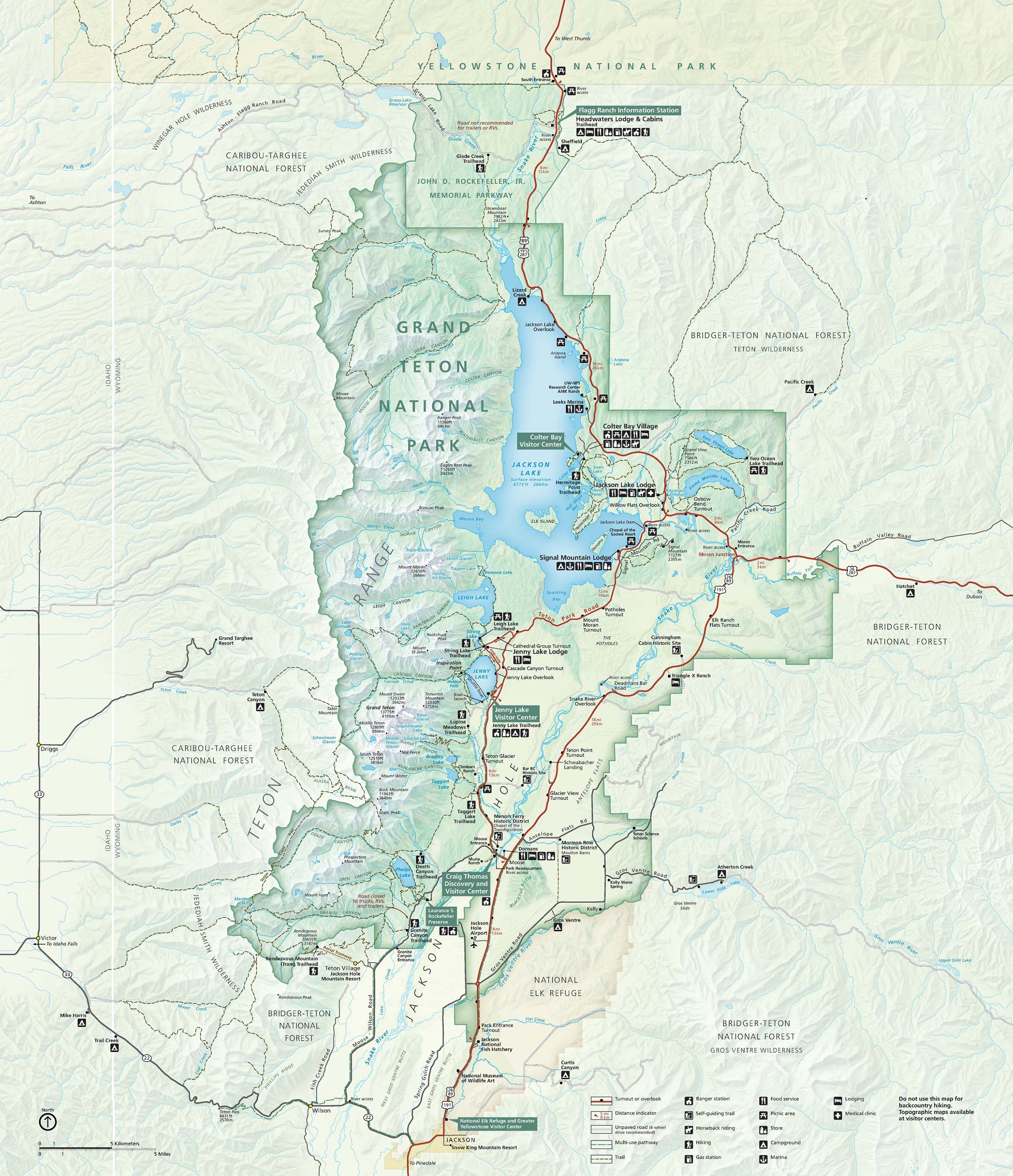
Camping
Jenny Lake Campground
- Details: Ideal for tent campers, this small, popular campground is close to Jenny Lake, offering easy access to hiking trails like Hidden Falls and Inspiration Point.
- Sites: 51 tent-only sites (no RVs or trailers).
- Reservations: Required; book well in advance.
- Amenities: Restrooms, potable water, no showers.
Colter Bay Campground
- Details: A family-friendly option near Jackson Lake, it’s great for those seeking both nature and convenience.
- Sites: 335 sites (tent and RV).
- Reservations: Required for most sites.
- Amenities: Restrooms, showers, laundry, general store, and dump station.
Gros Ventre Campground
- Details: Located near the park’s southern entrance, it offers a quieter experience with views of the Tetons and proximity to the Snake River.
- Sites: 300 sites (tent and RV).
- Reservations: Required for most sites.
- Amenities: Restrooms, potable water, dump station.
Signal Mountain Campground
- Details: Nestled on a hill with scenic views of Jackson Lake and the Teton Range, this campground is centrally located.
- Sites: 81 sites (tent and RV, limited to 30-foot lengths).
- Reservations: Required.
- Amenities: Restrooms, potable water, nearby marina and restaurant.
Lizard Creek Campground
- Details: A smaller, more remote campground on the northern end of the park, near Yellowstone’s boundary.
- Sites: 60 sites (tent and small RVs).
- Reservations: Required.
- Amenities: Restrooms, potable water, limited services.
Headwaters Campground at Flagg Ranch
- Details: Located between Grand Teton and Yellowstone, this campground offers a more resort-style experience with nearby dining and cabins.
- Sites: 175 sites (tent and RV).
- Reservations: Required.
- Amenities: Restrooms, showers, laundry, dump station, store.
Backcountry Camping
For those seeking solitude and adventure, backcountry camping is available with a permit. It allows access to remote sites, but campers must follow strict regulations regarding food storage and Leave No Trace principles.
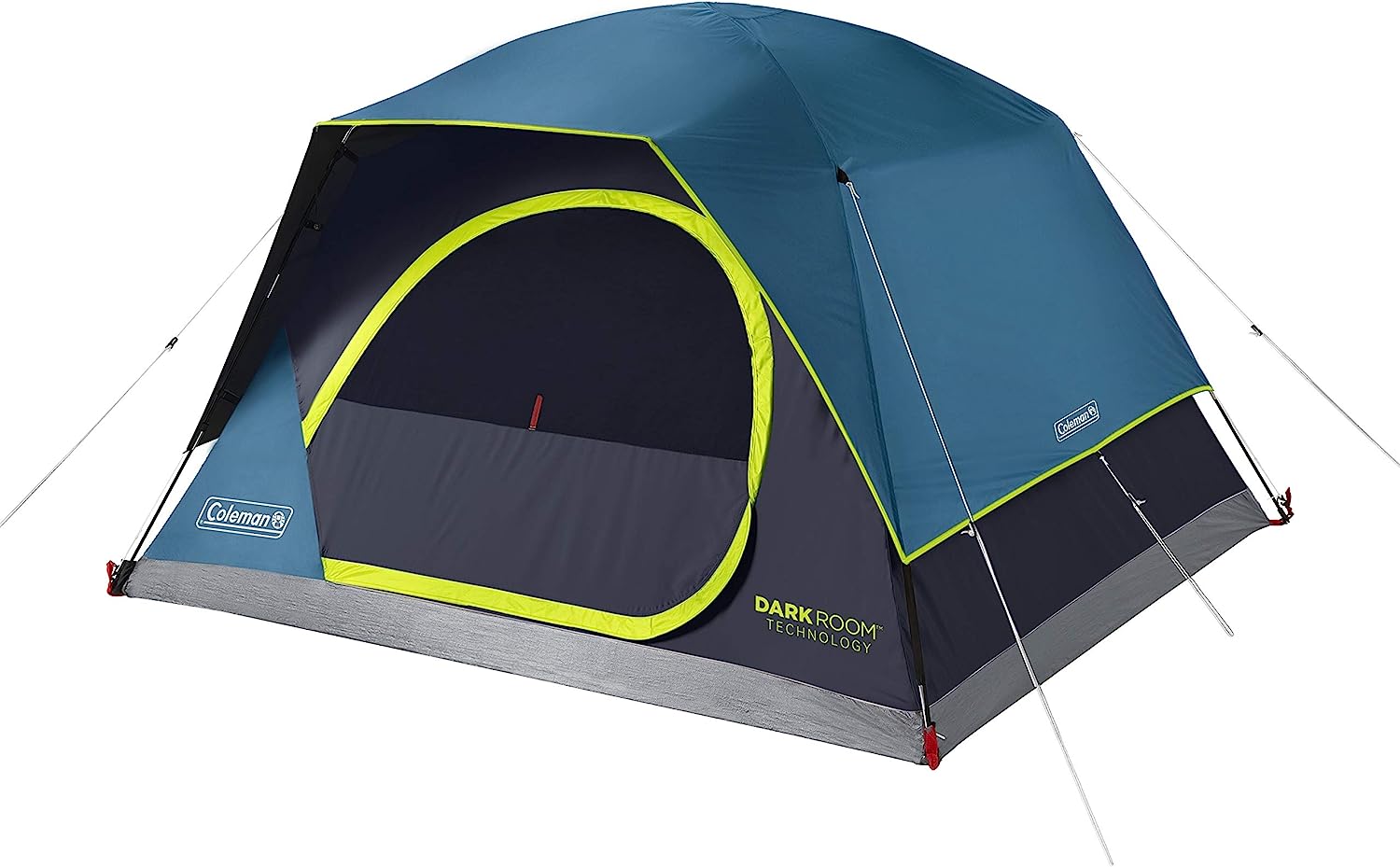
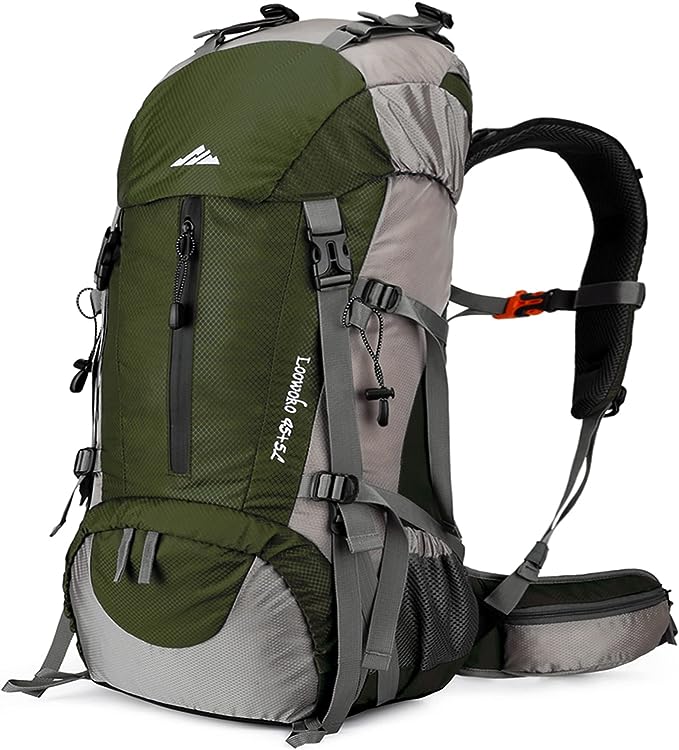
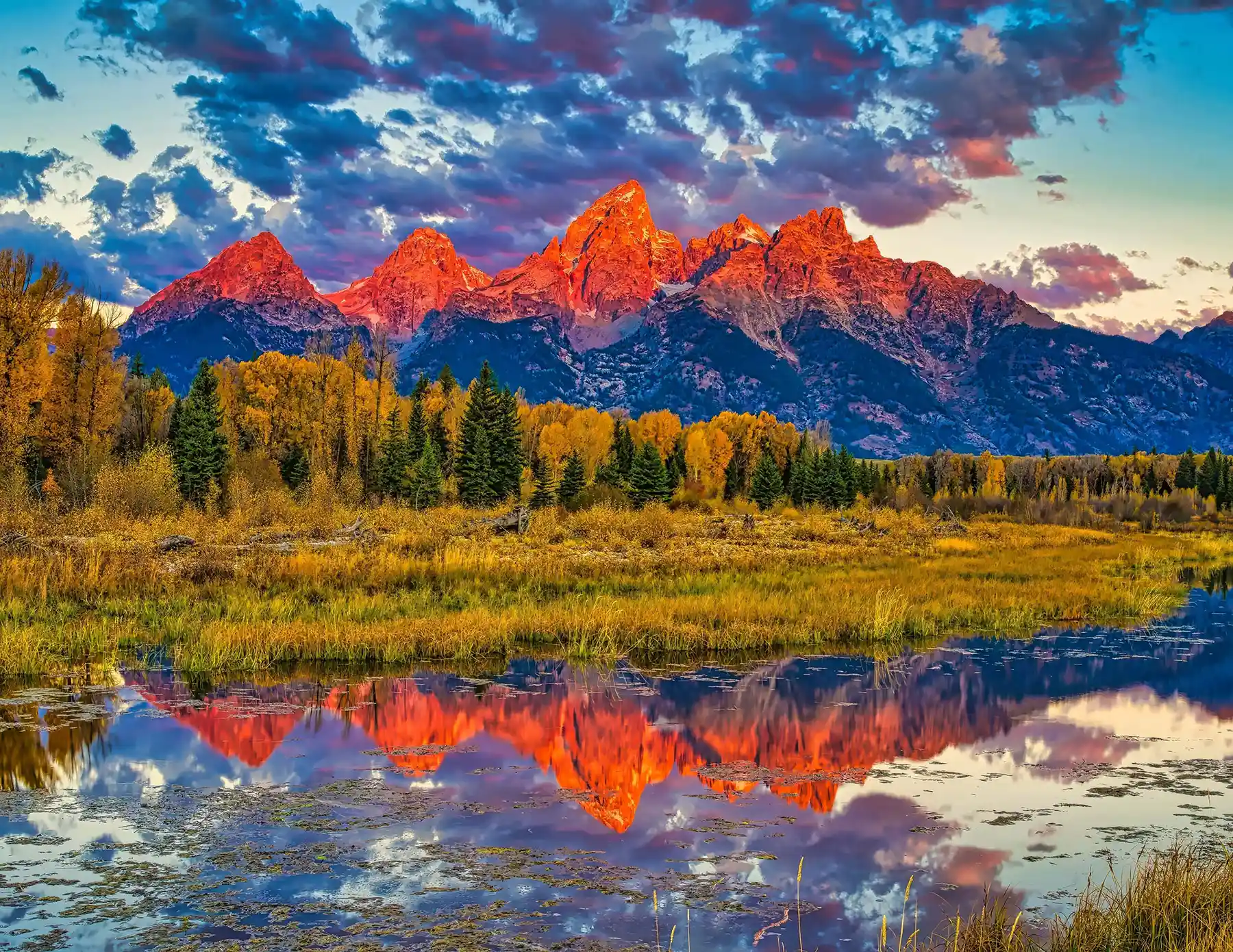
-
Make Reservations Early: Campgrounds in Grand Teton National Park, especially popular ones like Jenny Lake and Colter Bay, fill up quickly during peak season.
-
Be Bear Aware: The park is home to black bears and grizzly bears, so proper food storage is essential. Use the bear boxes provided at campgrounds or carry a bear-proof canister for backcountry camping. Always keep your campsite clean, dispose of waste properly, and carry bear spray for safety when hiking or exploring.
-
Prepare for Changing Weather: The mountain climate can be unpredictable, with sunny days turning into chilly evenings and sudden rainstorms. Pack layers, including waterproof gear, and ensure your tent is weatherproof to stay comfortable and dry. Always check the weather forecast before heading out.
Popular Hiking Trails
Jenny Lake Loop
- Distance: 7.6 miles (loop)
- Difficulty: Moderate
- Details: This scenic loop around Jenny Lake offers stunning views of the Teton Range and access to key landmarks like Hidden Falls and Inspiration Point. The trail can be shortened with a boat shuttle across the lake.
- Highlights: Lakeshore views, cascading waterfalls, and accessible trailheads.
Taggart Lake Loop
- Distance: 3.9 miles (loop)
- Difficulty: Easy to Moderate
- Details: A gentle trail through forests and meadows, culminating at the serene Taggart Lake with striking views of the Tetons. Perfect for a quick, rewarding hike.
- Highlights: Great for beginners or a short outing.
Phelps Lake Overlook Trail
- Distance: 2 miles (round trip)
- Difficulty: Easy
- Details: Starting from the Laurance S. Rockefeller Preserve, this short hike leads to a beautiful overlook of Phelps Lake. Ideal for families or those looking for a relaxed hike.
- Highlights: Combine with a visit to the Rockefeller Preserve for a peaceful, educational experience.
Paintbrush Canyon Trail
- Distance: 19.3 miles (loop via Cascade Canyon)
- Difficulty: Strenuous
- Details: A challenging but rewarding loop that takes you through Paintbrush Canyon, over Paintbrush Divide, and back through Cascade Canyon. Suitable for seasoned hikers or as a multi-day trek.
- Highlights: High-elevation views, wildflowers, and pristine wilderness.
Two Ocean Lake Trail
- Distance: 6.4 miles (loop)
- Difficulty: Moderate
- Details: This less-crowded trail loops around Two Ocean Lake, offering quiet, scenic views and excellent opportunities for birdwatching.
- Highlights: Solitude and views of Mount Moran.
Hidden Falls and Inspiration Point
- Distance: 2.3–5 miles (out-and-back, depending on starting point)
- Difficulty: Moderate
- Details: Starting from Jenny Lake, this popular trail leads to Hidden Falls, a beautiful 100-foot waterfall, and continues to Inspiration Point for panoramic views of the lake and valley.
- Highlights: Ideal for families; easily combined with the Jenny Lake Loop or shuttle.
Cascade Canyon Trail
- Distance: 9.1–14 miles (out-and-back, depending on route)
- Difficulty: Moderate to Strenuous
- Details: A stunning hike through Cascade Canyon, starting at Jenny Lake and extending deep into the mountains. It offers views of towering peaks, waterfalls, and diverse wildlife.
- Highlights: A must for adventurous hikers looking for spectacular alpine scenery.
Lake Solitude Trail
- Distance: 15 miles (out-and-back)
- Difficulty: Strenuous
- Details: This trail extends beyond Cascade Canyon to Lake Solitude, offering some of the most breathtaking views in the park. Best for experienced hikers with a full day to explore.
- Highlights: Glacier-fed lake, alpine meadows, and chances to spot wildlife.
String Lake Trail
- Distance: 3.7 miles (loop)
- Difficulty: Easy
- Details: This gentle loop around String Lake is great for families and beginners. The trail provides scenic lake views and access to picnic areas.
- Highlights: Great for a leisurely day and picnicking near the water.
Death Canyon Trail
- Distance: 8 miles (out-and-back to Patrol Cabin)
- Difficulty: Strenuous
- Details: This trail leads into Death Canyon, featuring steep ascents, rugged terrain, and rewarding views of dramatic canyon walls.
- Highlights: Wildlife sightings and access to the Alaska Basin for extended hikes.
Hiking Trails in Grand Teton National Park
Hiking in Grand Teton National Park is one of the best ways to immerse yourself in its stunning landscapes, from glistening alpine lakes to the jagged peaks of the Teton Range. The park offers over 200 miles of trails, ranging from easy walks suitable for families to challenging backcountry treks for experienced adventurers. Popular hikes like the Jenny Lake Loop and Hidden Falls provide breathtaking views of crystal-clear waters and cascading waterfalls, while trails such as Cascade Canyon and Paintbrush Canyon take hikers deeper into the park’s wilderness, offering unparalleled encounters with pristine nature. The diversity of terrain ensures there’s something for everyone, whether you’re seeking a leisurely stroll or a multi-day backpacking adventure.
Wildlife is abundant along the park’s trails, adding a sense of wonder and excitement to any hike. Moose, elk, marmots, and even black or grizzly bears may be spotted, making it essential to stay alert and follow safety guidelines. Carrying bear spray, traveling in groups, and making noise while hiking can help reduce the risk of wildlife encounters. Additionally, hikers should be prepared for sudden changes in weather, as the park’s high elevation and mountain environment can bring unexpected rain, wind, or temperature drops. Packing layers, plenty of water, and high-energy snacks is essential for a comfortable and safe experience.
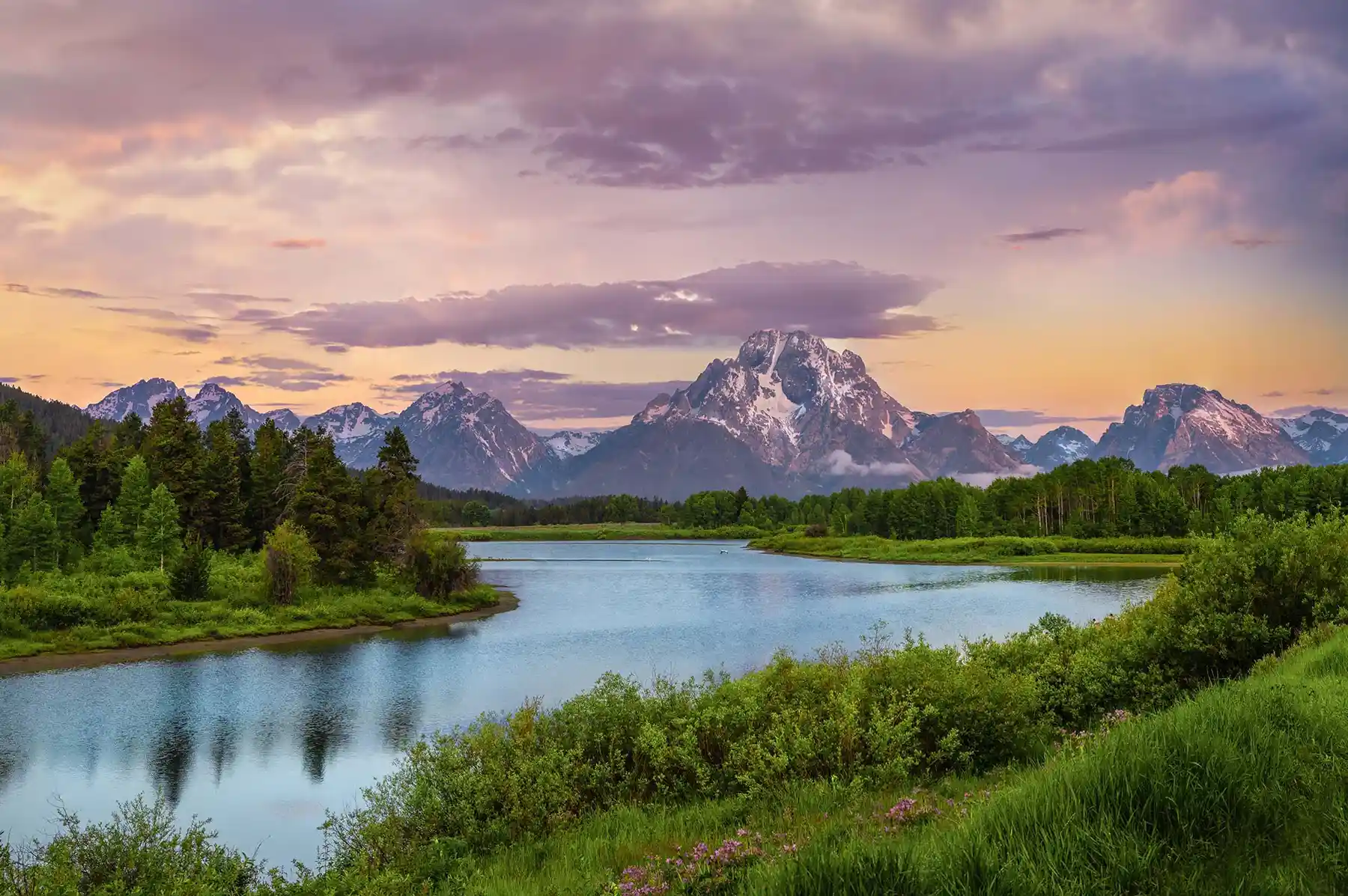
Wildlife at the Park
Grand Teton National Park is a haven for wildlife, offering visitors the chance to observe a diverse array of species in their natural habitats. The park’s varied ecosystems, from alpine forests to lush meadows, support an impressive range of animals. Large mammals like moose, elk, mule deer, and bison roam freely, with the park being one of the best places to view these majestic creatures in the wild. Grizzly bears and black bears are also residents of the park, adding an element of excitement and caution for those hiking or camping in the area. Other notable mammals include wolves, coyotes, and mountain lions, all of which contribute to the park’s dynamic predator-prey relationships.
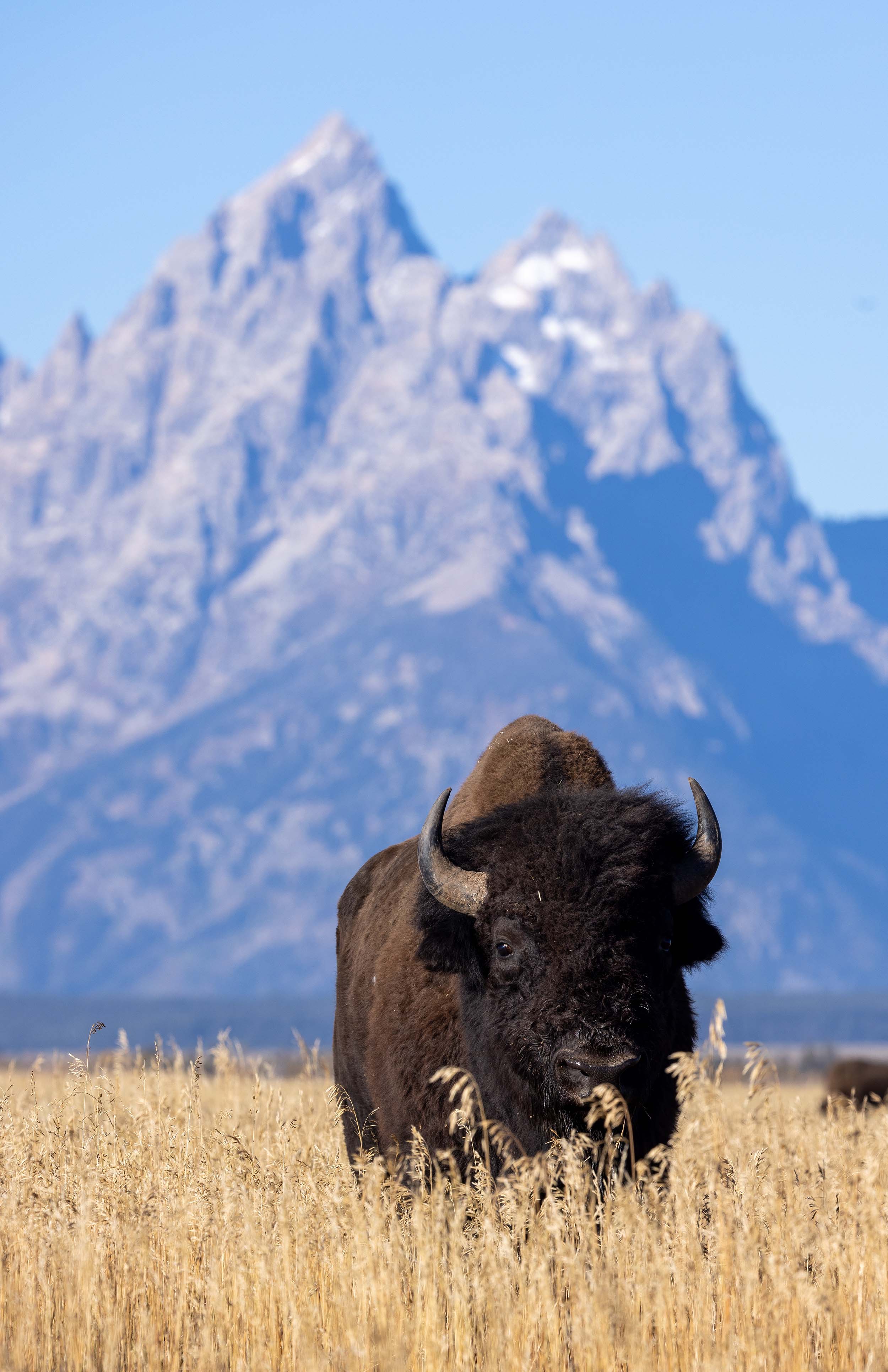
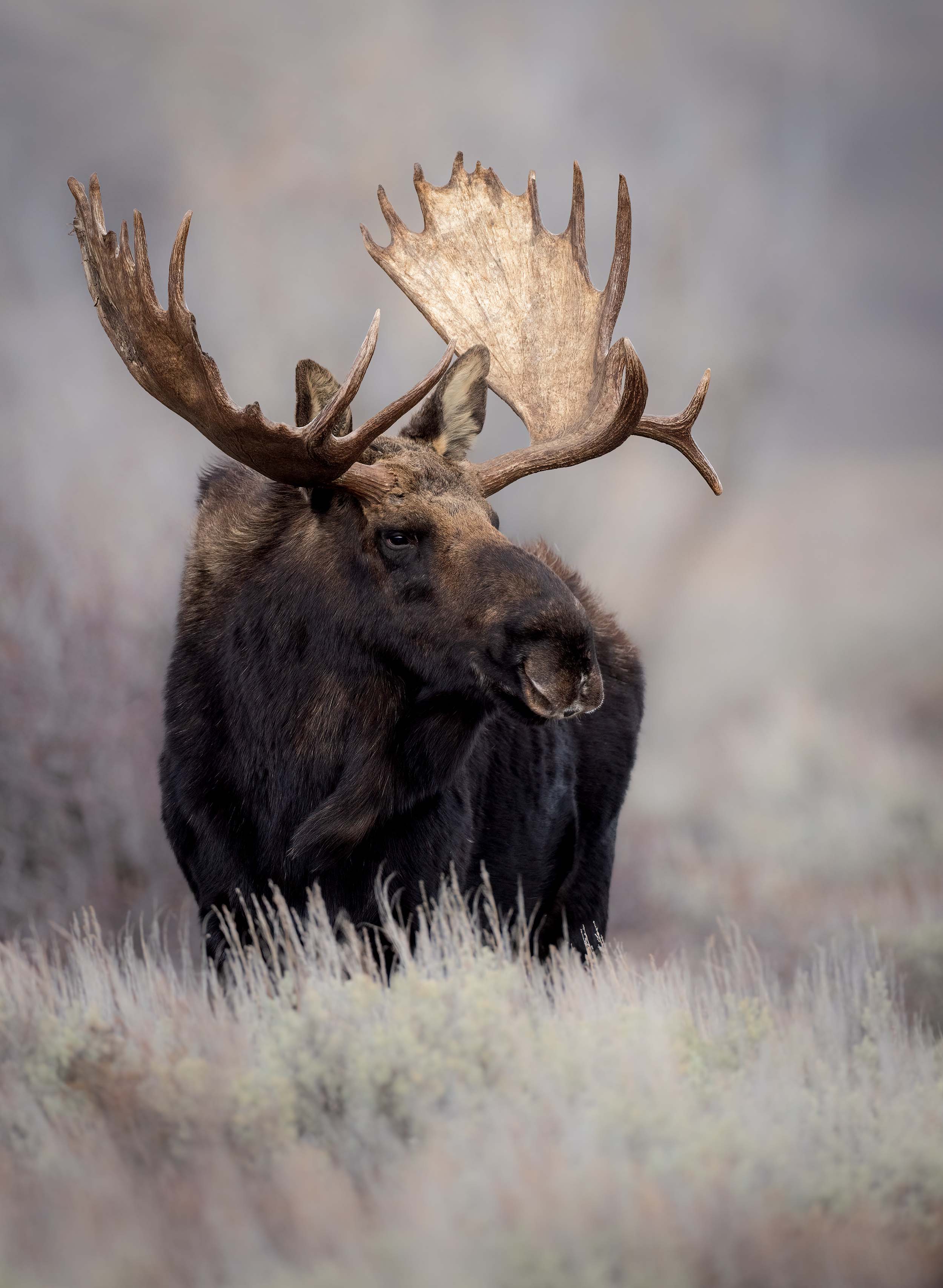
Birdwatching is another rewarding experience in Grand Teton National Park. The park is home to over 300 species of birds, including bald eagles, peregrine falcons, ospreys, and the rare trumpeter swan. These birds can be seen soaring over the park’s pristine lakes or perched on high cliffs, providing visitors with incredible opportunities for observation. The marshes and wetlands around places like Oxbow Bend and Schwabacher’s Landing are particularly good for spotting waterfowl and shorebirds, making the park a key destination for bird enthusiasts. In addition to the soaring eagles and falcons, smaller songbirds like the mountain bluebird and red-tailed hawk can also be spotted throughout the year.
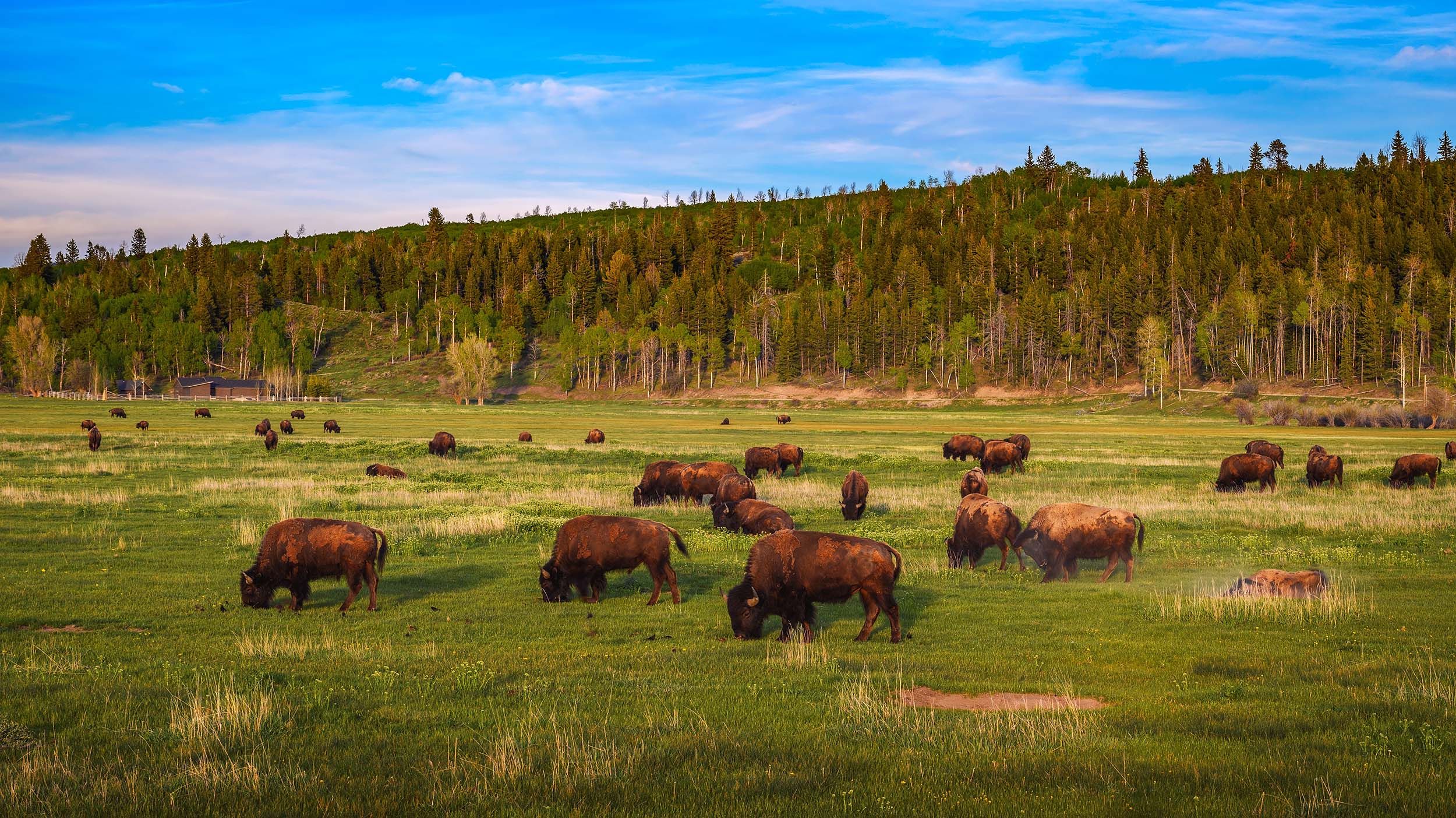
Gear We Used

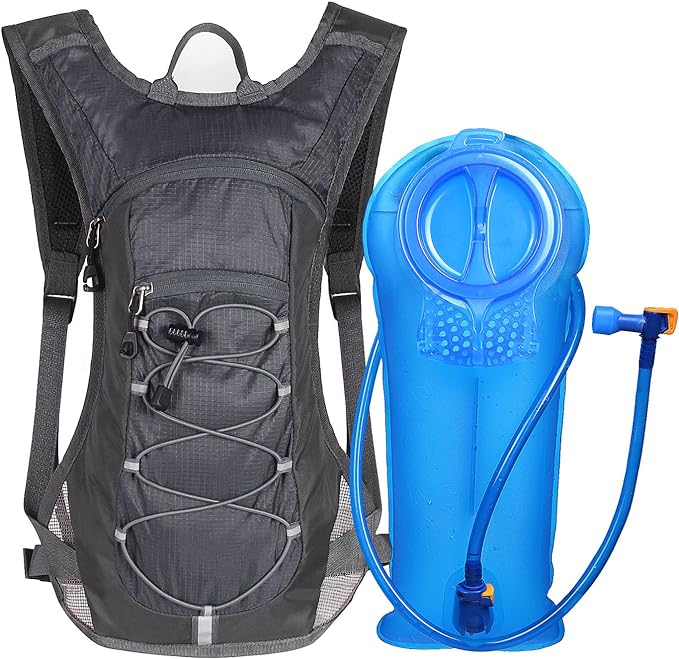
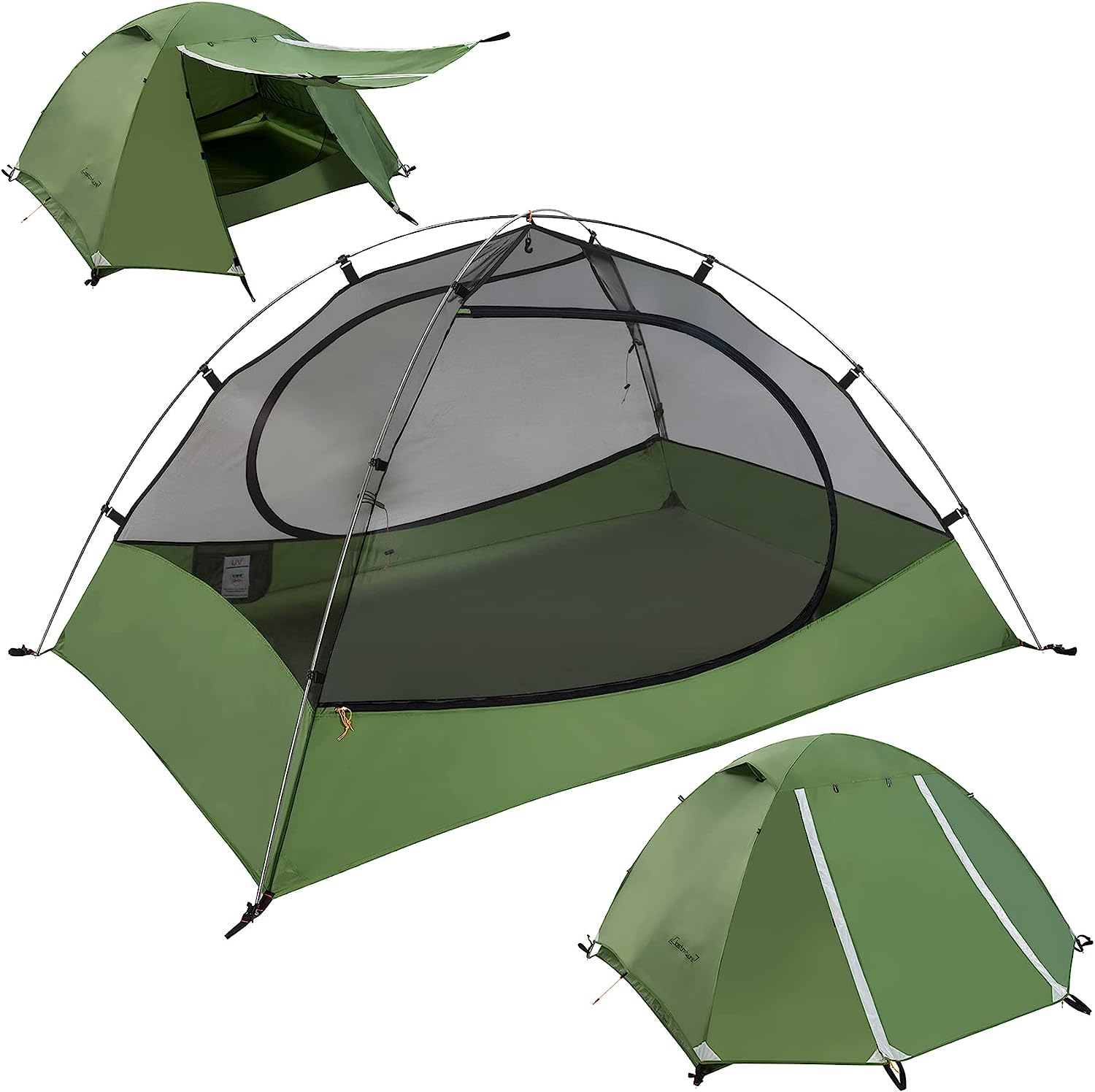
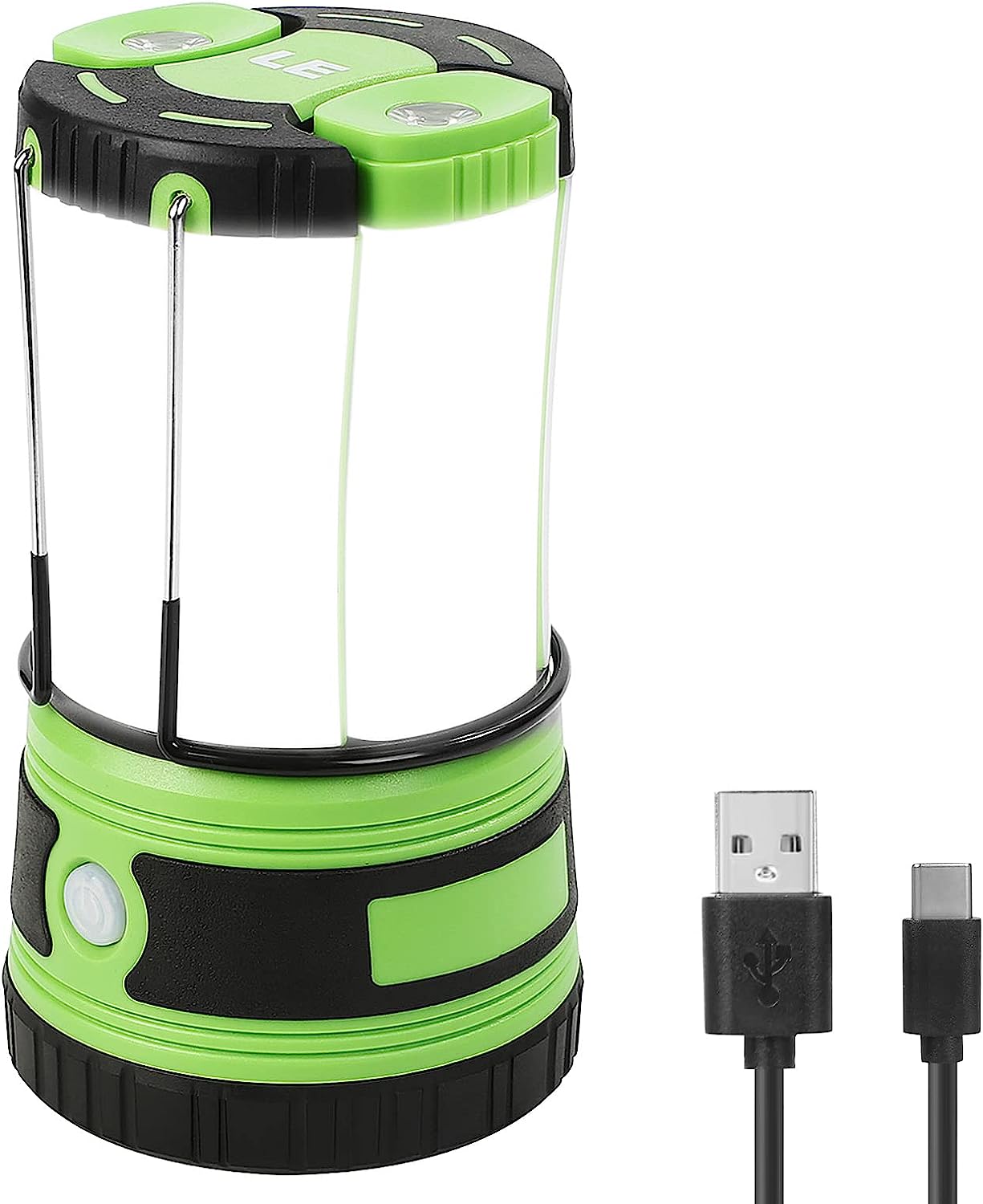
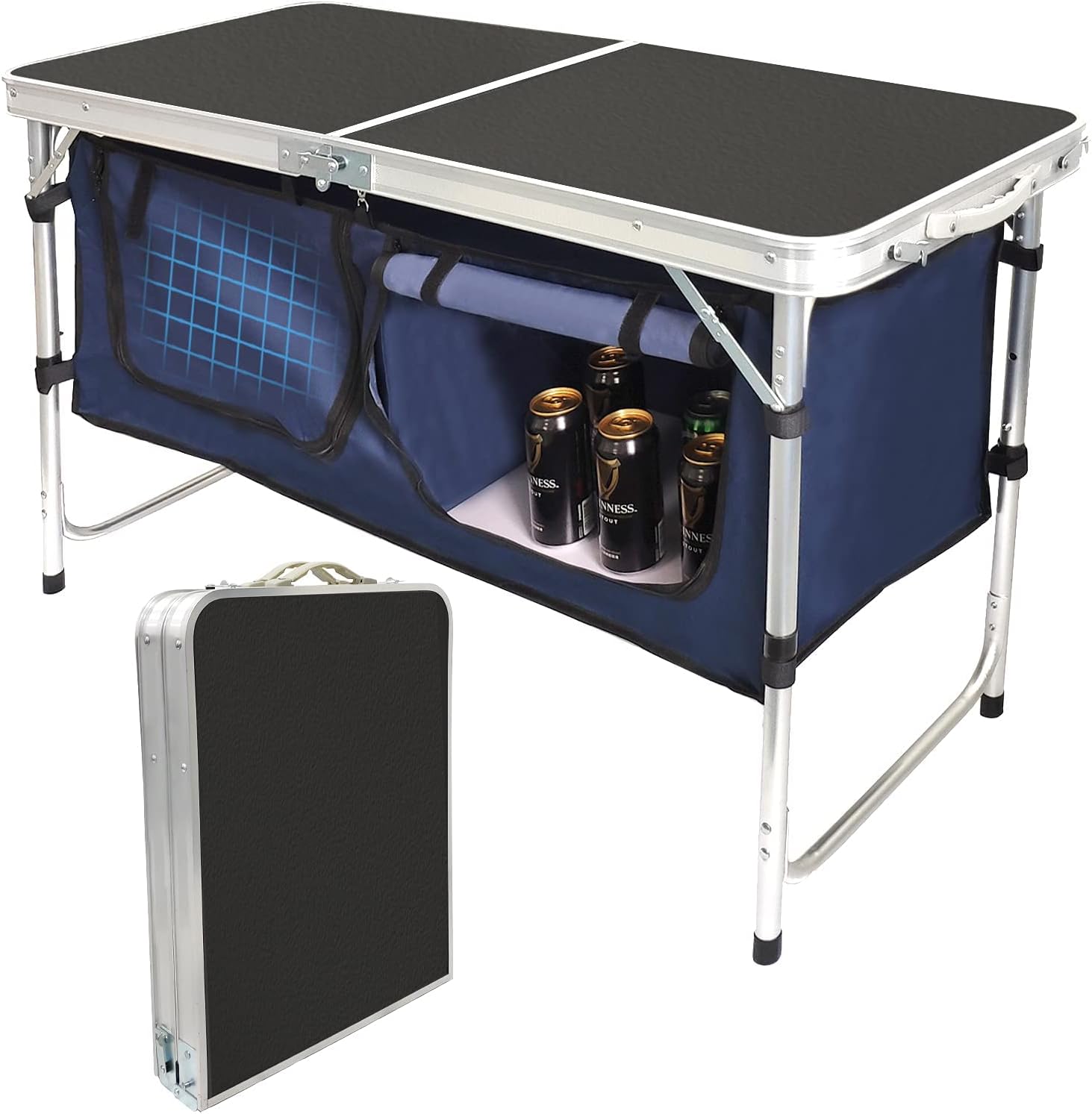
Must-Do Activities
Scenic Drive Along Teton Park Road
For those looking to experience the grandeur of Grand Teton National Park from the comfort of their car, the Teton Park Road is a must. This 13-mile route offers jaw-dropping views of the Teton Range, passing through forests, meadows, and along the shores of serene lakes like Jenny and String Lake. Along the way, there are plenty of opportunities to stop and take in the views, as well as access trailheads, visitor centers, and overlooks. It’s a perfect way to see the park’s beauty in a short amount of time.
Wildlife Viewing at Oxbow Bend
Oxbow Bend is one of the best spots in the park for wildlife viewing and photography. The bend in the Snake River offers a beautiful reflection of the Teton Range in the water, and it’s a prime spot for spotting wildlife such as moose, elk, and birds like osprey and bald eagles. Early mornings or late evenings provide the best chance to see animals, and the serene atmosphere adds to the magic of the experience. Whether you’re an avid photographer or simply enjoy nature, Oxbow Bend is a must-visit for an unforgettable wildlife encounter.
Hiking to Hidden Falls and Inspiration Point
One of the park’s most iconic hikes, this relatively short trail offers stunning views of Jenny Lake and leads to the beautiful Hidden Falls. The hike continues to Inspiration Point, where hikers are rewarded with sweeping panoramic views of the Teton Range and surrounding valley. This hike is accessible for most fitness levels and is a must-do for anyone visiting the park, offering a perfect combination of scenic beauty and easy accessibility.
The Grand Teton National Park History
The history of Grand Teton National Park dates back thousands of years, with the first known inhabitants being Native American tribes such as the Shoshone, Bannock, and Gros Ventre. These indigenous peoples lived in the area for generations, relying on the rich natural resources for food, shelter, and cultural practices. The mountains, lakes, and rivers of the region were vital to their way of life, and the Tetons held spiritual significance. Evidence of their presence, including petroglyphs and archaeological sites, can still be found in the park today, providing a glimpse into the ancient human connection to this wild landscape.
In the early 19th century, European explorers began to venture into the region. The first known non-Native Americans to see the Teton Range were French-Canadian trappers and explorers, including John Colter, a member of the Lewis and Clark Expedition, who is often credited with discovering the area. In the mid-1800s, fur trappers, mountain men, and early settlers passed through the region, but it wasn’t until the late 19th century that the area began to attract more attention. The establishment of Yellowstone National Park to the north in 1872 sparked greater interest in the Teton Range and surrounding lands, although much of the area remained largely untouched by human development.
